Unlock the secrets to maintaining healthy feet with our comprehensive guide on Foot Care Routine. Discover daily routines, preventive measures, and nutritional tips to keep your feet in top condition. Start your journey to pain-free, healthy feet today!
Introduction
Your feet are the foundation of your mobility and overall well-being, yet they are often neglected. This comprehensive guide dives into the essentials of foot care, highlighting the importance of daily routines, preventive measures against common foot problems, and the role of nutrition in maintaining foot health. Whether you’re looking to resolve specific foot issues or aiming to enhance your overall foot care regimen, our expert tips will guide you towards healthier, happier feet.
Table of Contents
The Essential Role of Foot Care
Your feet, complex structures of bones, muscles, and ligaments, play a crucial role in bearing your body’s weight and enabling movement. Ignoring foot care can result in discomfort and various issues, including blisters, corns, calluses, fungal infections, and, in severe scenarios, diabetes-related complications. Proper foot care goes beyond mere discomfort avoidance; it’s vital for sustaining mobility and independence, highlighting the significance of a daily foot care routine.
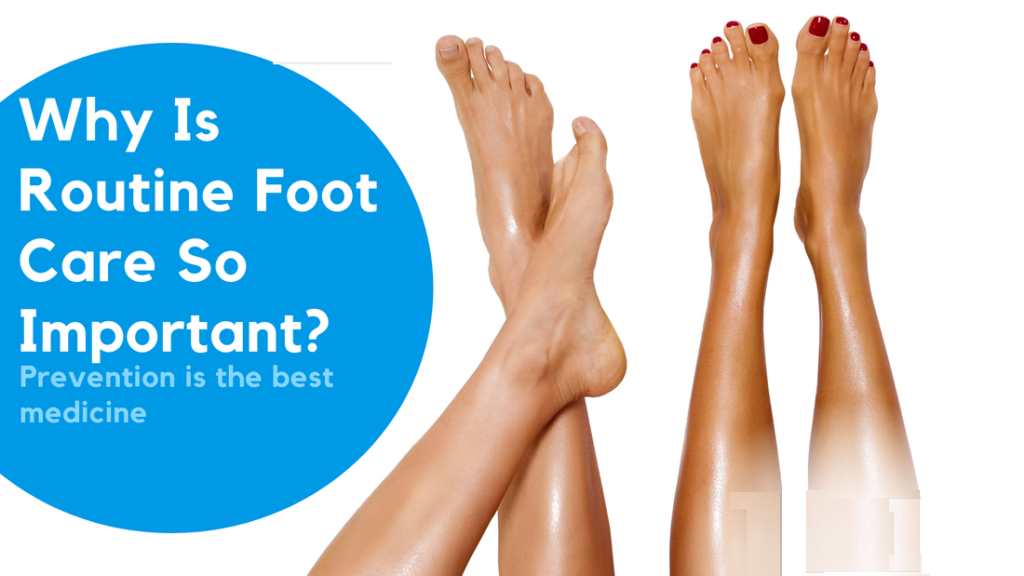
Comprehensive Daily Foot Care Routine

1. Maintaining Clean Feet
Daily Cleansing: Wash your feet with soap and water every day, with extra attention to the spaces between your toes, to prevent bacteria and fungi.
Effective Drying: After washing, thoroughly dry your feet to avoid fungal infections, especially between the toes.
2. Daily Moisturizing
Foot Hydration: Use a quality foot cream or moisturizer regularly to keep the skin soft and prevent dryness and cracks. Look for products containing urea or lanolin for dry skin.
3. Nail Maintenance
Correct Trimming: Trim your nails straight across to avoid ingrown toenails. Don’t cut too short and smooth the edges with a file to prevent skin piercing.

4. Selecting Appropriate Footwear
Proper Fit: Wear shoes that fit correctly to avoid foot problems, ensuring they provide adequate support and comfort.
Breathability: Choose shoes made from breathable materials to reduce the risk of fungal infections.
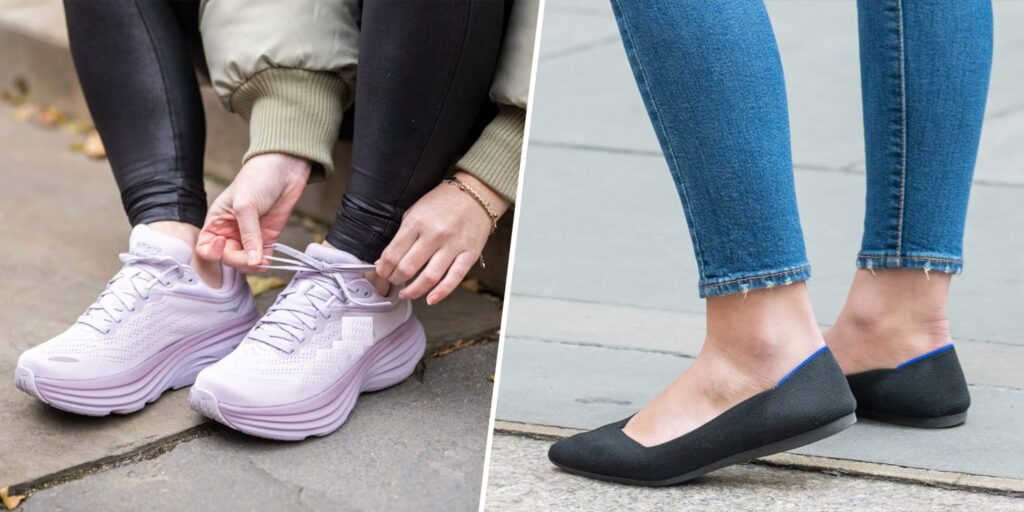
5. Choosing Socks Wisely
Moisture Management: Change your socks daily, or more frequently if you sweat a lot, to keep your feet dry and lower the risk of fungal infections.
Fabric Choice: Prefer socks made of cotton or moisture-wicking materials to maintain dryness.

6. Foot Exercises
Enhancing Flexibility and Strength: Engage in regular stretching and exercises like toe curls and heel raises to strengthen foot muscles, improving stability and mobility.
7. Protecting Your Feet
Sunscreen Use: Apply sunscreen to your feet just as you would to any other body part to protect their skin.
Outdoor Safety: Always wear protective footwear outside to prevent injuries and burns.
8. Routine Foot Inspections
Self-Checks: Regularly inspect your feet for any signs of issues. Prompt detection is crucial for avoiding complications.
Professional Check-ups: Schedule yearly appointments with a podiatrist, especially if you have conditions like diabetes.
By following these daily routines, you’re not only ensuring the health of your feet but also promoting a more active and enjoyable lifestyle.
Managing Common Foot Issues
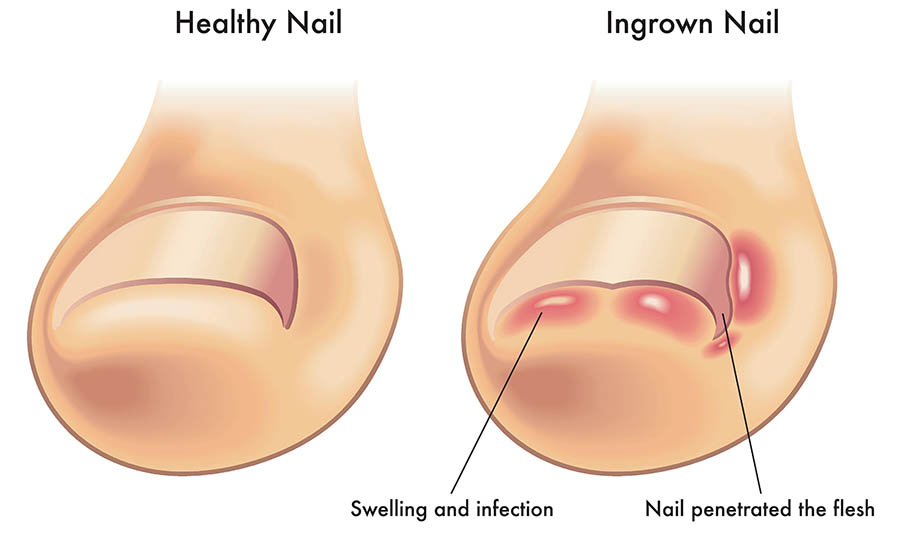
Ingrown Toenails
To Avoid: Cut your toenails straight across to prevent the sides of the nail from growing into the skin. Refrain from trimming nails too short.
To Handle: Soak your feet in warm water multiple times daily to alleviate swelling and discomfort. Seek a podiatrist’s help if the condition does not improve or becomes painful.
Plantar Fasciitis
To Avoid: Opt for footwear that provides sufficient arch support and cushioning. Stretch your feet regularly, particularly before and after physical activities, to maintain the flexibility of the plantar fascia ligament.
To Handle: Rest and apply ice to the affected area to lessen inflammation. Pain relief might be found in over-the-counter medications. Persistent pain may require physical therapy or the use of orthotic inserts, as advised by a healthcare professional.

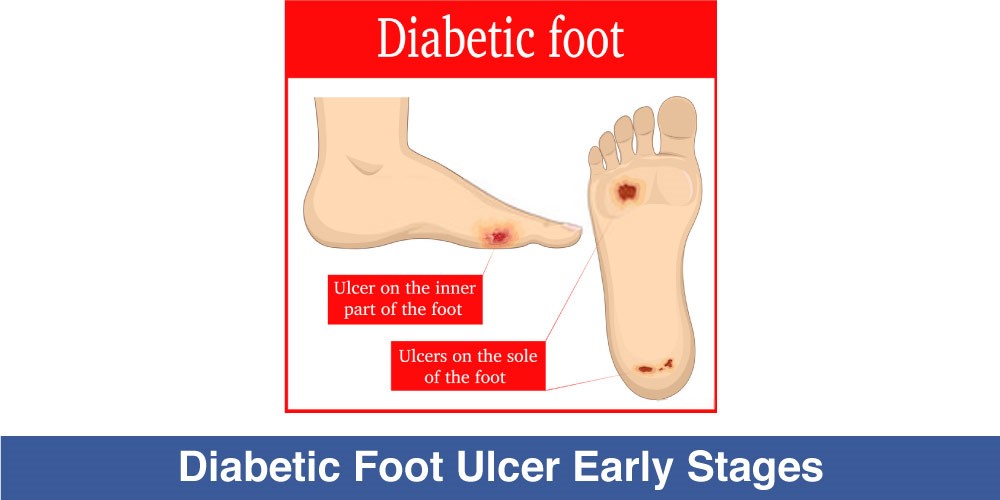
Diabetic Foot Ulcers
To Avoid: For those with diabetes, it’s vital to keep blood sugar levels in check. Inspect your feet daily for any injuries and wear shoes designed to reduce pressure points.
To Handle: Address any wounds immediately to avoid infections. Treatment options include wound care, medications, and possibly surgery to heal the ulcer and avert further issues.
Athlete’s Foot
To Avoid: Maintain dry, clean feet. Use sandals in communal showers and locker rooms, and select moisture-wicking socks.
To Handle: Antifungal creams or sprays available over the counter can treat athlete’s foot. For stubborn cases, consult a healthcare provider for a stronger antifungal medication.
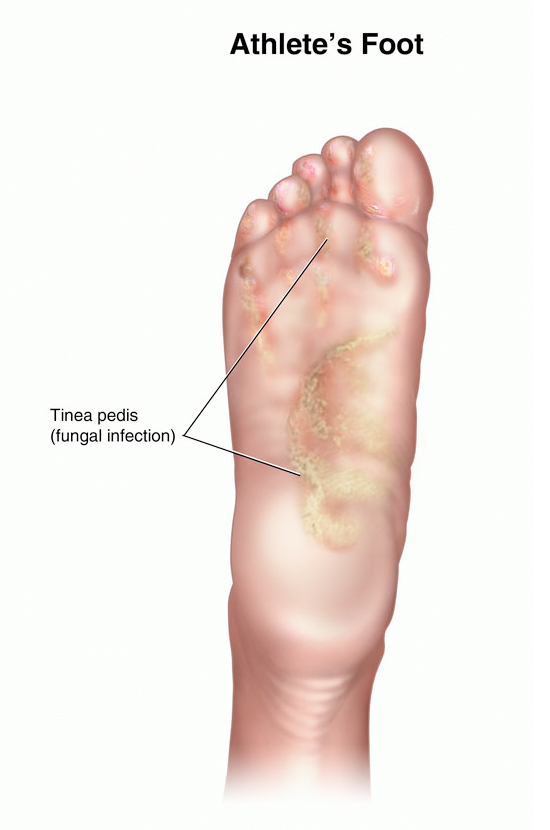
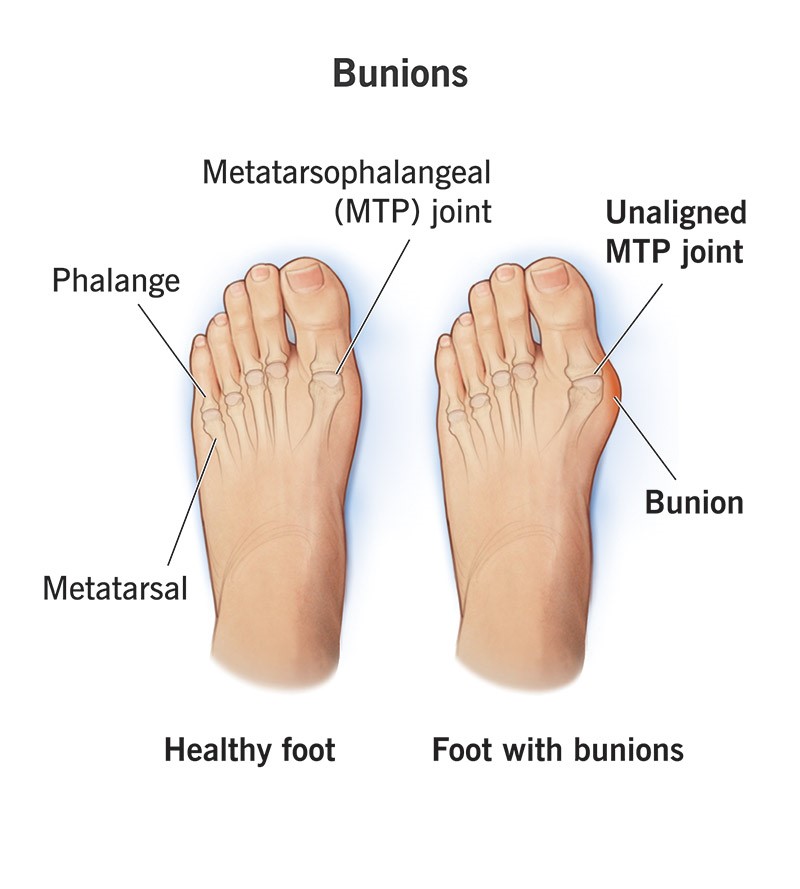
Bunions
To Avoid: Choose comfortable shoes with ample space in the toe box and limit high heel use. Foot exercises can also prevent bunions by strengthening and stretching the feet.
To Handle: Use pads and splints for relief. Surgery might be necessary for severe cases to correct the bunion and alleviate discomfort.
Hammer Toes
To Avoid: Steer clear of tight shoes and high heels. Engage in toe stretches and exercises to strengthen muscles and keep toes flexible.
To Handle: Orthotic devices or pads can ease pressure and pain. Surgery may be required in severe instances to realign the toe.
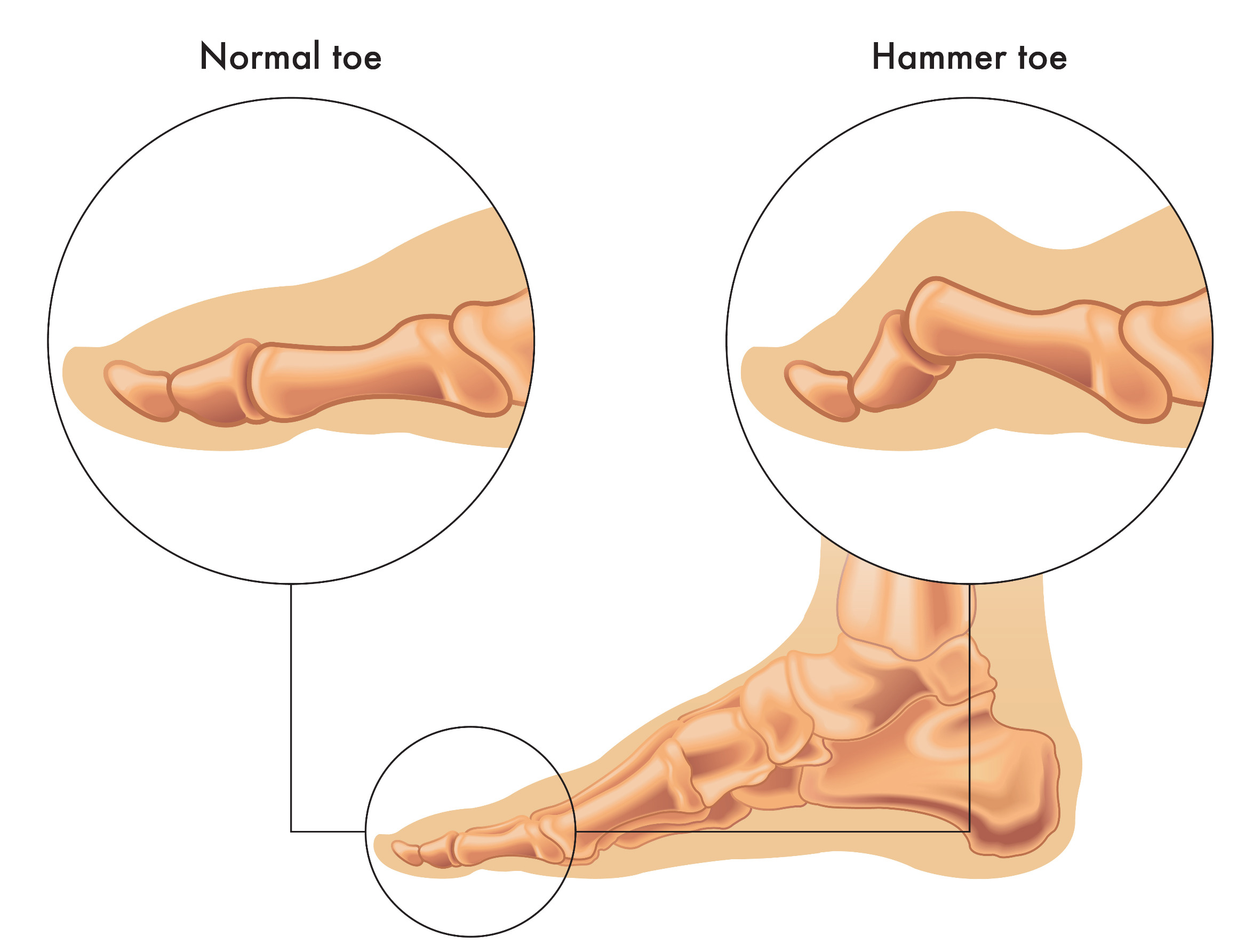

Heel Spurs
To Avoid: Select shoes with adequate cushioning and arch support. Keeping a healthy weight can also reduce foot pressure.
To Handle: Treatments include rest, ice, and pain relievers. Physical therapy and custom orthotics might also offer relief.
Blisters
To Avoid: Ensure shoes fit well and wear socks that wick away moisture to minimize friction.
To Handle: Protect blisters with a sterile bandage and allow them to heal naturally without popping them to avoid infection.


Corns and Calluses
To Avoid: Padded insoles and well-fitting shoes can help prevent these issues by reducing friction and pressure.
To Handle: Avoid self-removal of corns and calluses. A podiatrist can safely remove them and suggest treatment options.
Fungal Infections
To Avoid: Keep feet clean and dry, opt for breathable footwear, and avoid sharing shoes.
To Handle: Use recommended antifungal treatments. For ongoing issues, seek prescription-strength treatments from a healthcare provider.

Nutritional Guidelines for Healthy Feet
Staying Hydrated
Importance: Hydration is key to keeping the skin on your feet supple, preventing dryness and cracking.
Recommendation: Drink ample water daily to maintain proper hydration levels.
Eating a Well-Balanced Diet
Importance: A diet rich in essential nutrients supports foot health by providing the vitamins and minerals needed for bone strength and overall foot condition. Calcium and vitamin D are crucial for bone integrity.
Recommendation: Diversify your diet with a mix of food items, including dairy for calcium and either fortified foods or adequate sunlight for vitamin D.
Incorporating Omega-3 Fatty Acids
Importance: The anti-inflammatory effects of omega-3 fatty acids can alleviate foot pain and swelling, aiding in conditions like plantar fasciitis and arthritis.
Recommendation: Consume omega-3-rich foods like fatty fish (e.g., salmon, mackerel, sardines), flaxseeds, chia seeds, and walnuts.
Adding Magnesium
Importance: Magnesium is essential for muscle health, preventing cramps and spasms in the feet, and is also beneficial for bone health.
Recommendation: Include magnesium-rich foods in your diet, such as green leafy vegetables, nuts, seeds, whole grains, and legumes.
Getting Enough Vitamin E
Importance: Vitamin E promotes good circulation and skin hydration, aiding in healing and minimizing the risk of dry, cracked heels.
Recommendation: Opt for vitamin E-rich foods like nuts and seeds, spinach, broccoli, and plant-based oils (e.g., wheat germ, sunflower, almond).
Ensuring Adequate Vitamin C Intake
Importance: Vitamin C is crucial for collagen production, vital for the skin and connective tissues of the feet, and assists in wound healing.
Recommendation: Eat plenty of vitamin C sources, including citrus fruits, strawberries, bell peppers, kiwifruit, and broccoli.
Consuming Zinc
Importance: Zinc is important for wound healing and skin repair on the feet, and it supports immune function to protect against infections.
Recommendation: Get zinc from meat, shellfish, legumes, seeds, nuts, and dairy.
Prioritizing Protein
Importance: Protein is essential for tissue repair and growth, including in the feet, supporting muscle strength and injury recovery.
Recommendation: Ensure protein intake from lean meats, poultry, fish, dairy, legumes, and tofu.
Including Potassium
Importance: Potassium helps regulate body fluids, which can alleviate swelling and inflammation in the feet.
Recommendation: Consume potassium-rich foods like bananas, oranges, cantaloupes, sweet potatoes, spinach, and tomatoes.
Frequently Asked Questions
Q: How often should I wash my feet?
A: Wash your feet daily with soap and water, paying extra attention to the spaces between your toes to prevent bacteria and fungi growth.
Q: What is the best way to moisturize my feet?
A: Use a quality foot cream or moisturizer regularly, especially after washing your feet, to keep the skin soft and prevent dryness and cracks.
Q: How can I prevent ingrown toenails?
A: Trim your nails straight across and avoid cutting them too short. Smooth the edges with a file to prevent the nails from piercing the skin.
Q: What type of shoes should I wear to avoid foot problems?
A: Choose shoes that fit correctly, provide adequate support and comfort, and are made from breathable materials to reduce the risk of fungal infections.
Q: How can I strengthen my foot muscles?
A: Engage in regular stretching and exercises like toe curls and heel raises to improve stability and mobility.
Conclusion
Taking care of your feet is not just about avoiding discomfort; it’s a crucial aspect of maintaining your overall health and independence. By incorporating these essential foot care practices into your daily routine, you’re not only preventing common foot issues but also promoting a more active and enjoyable lifestyle. Remember, your feet carry you through life’s journey; it’s time to give them the care they deserve.




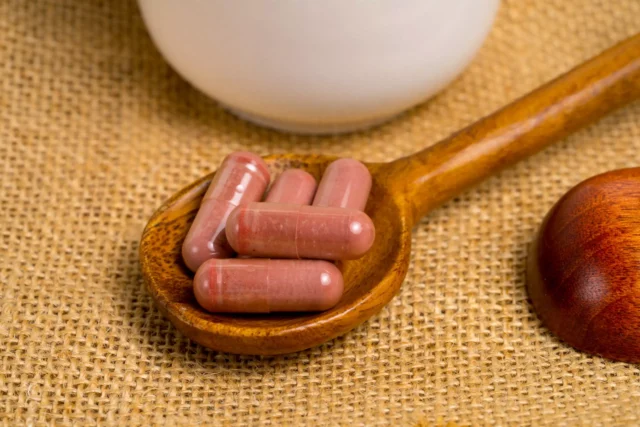

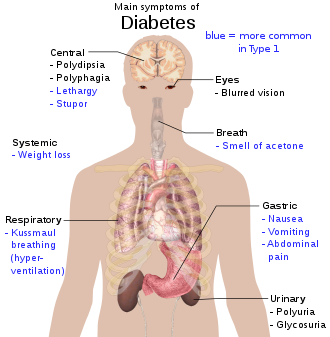



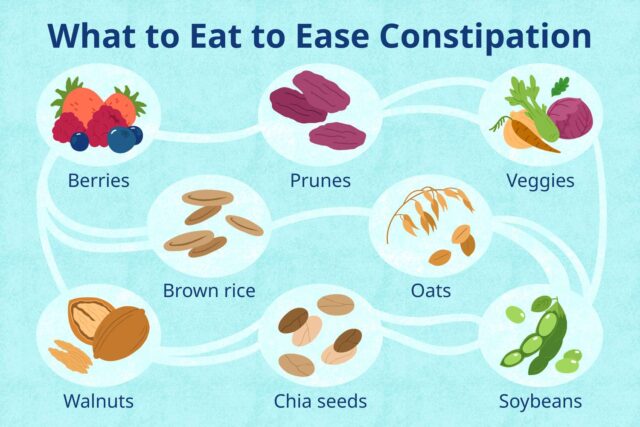

I’m thoroughly captivated by the deep insights and superb writing style. Your depth of knowledge is evident in every sentence. It’s clear that you spend considerable time into researching your topics, and this effort pays off. Thanks for providing this valuable knowledge. Keep up the great work!